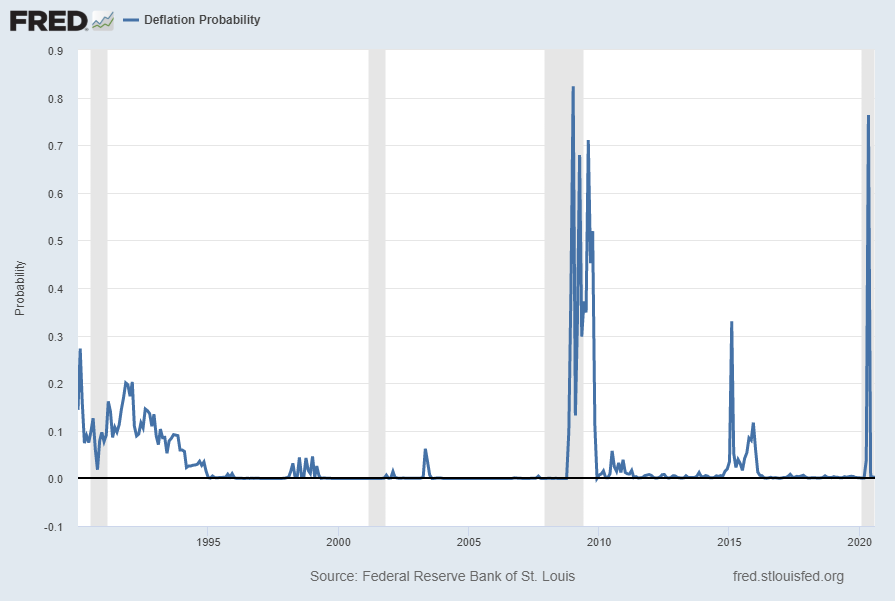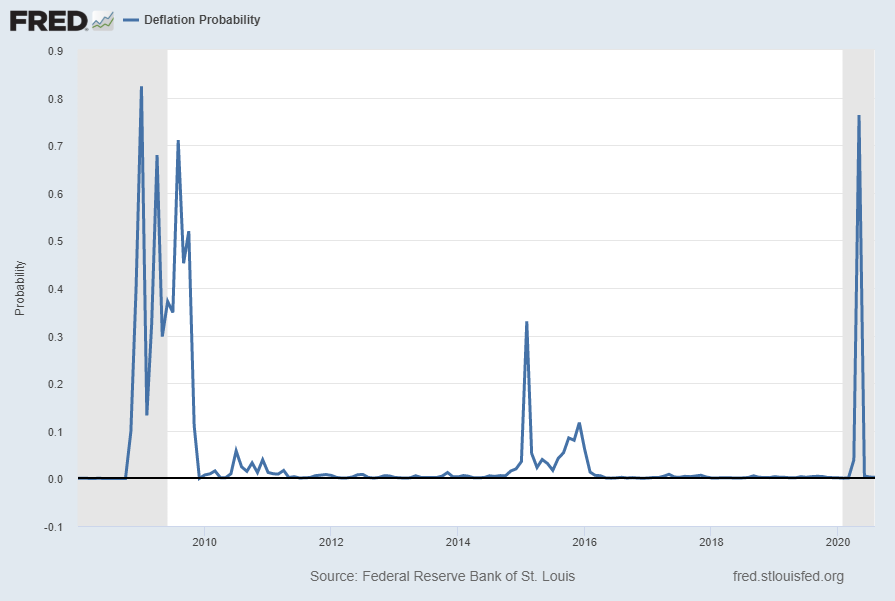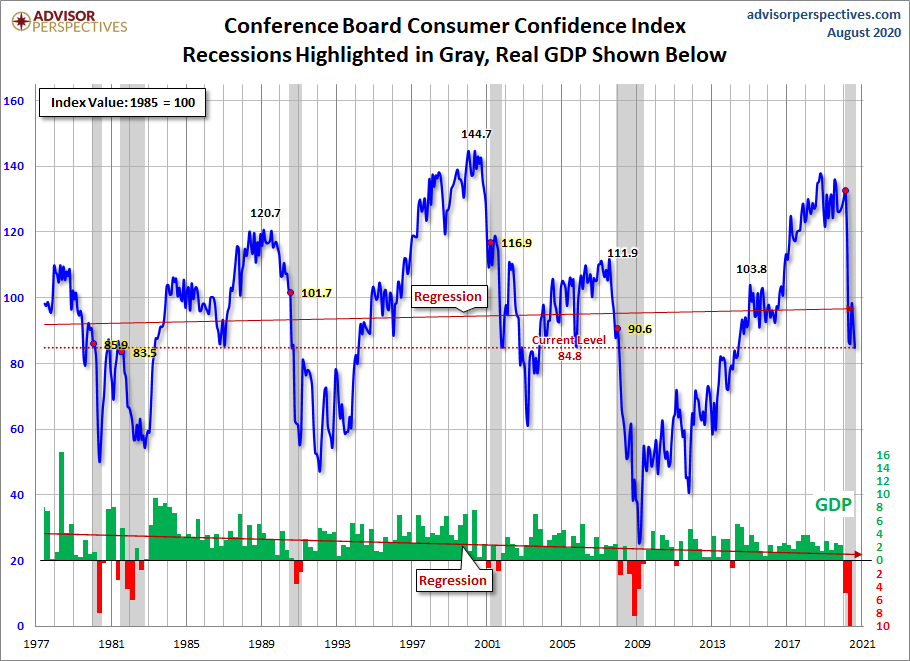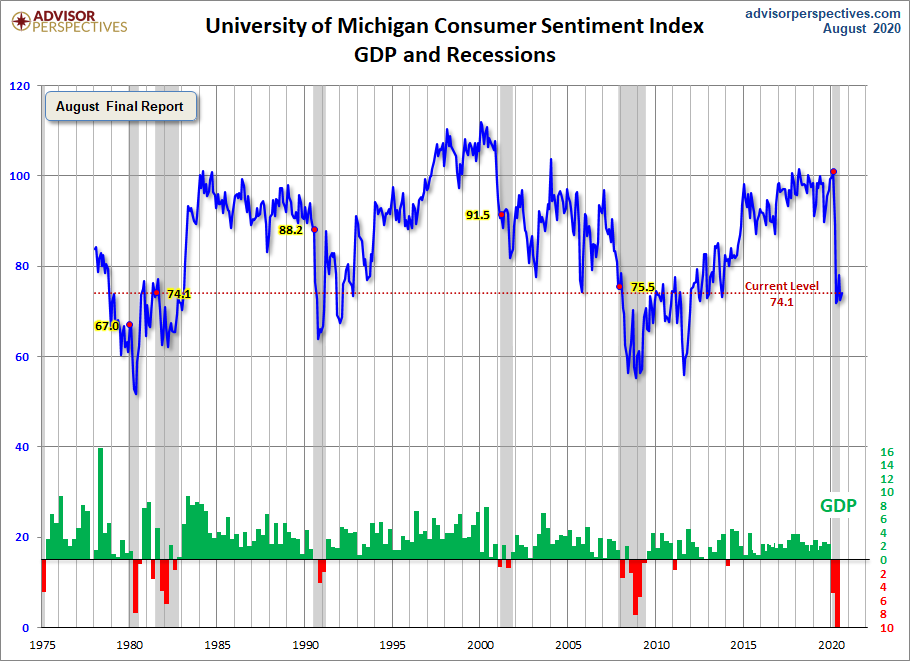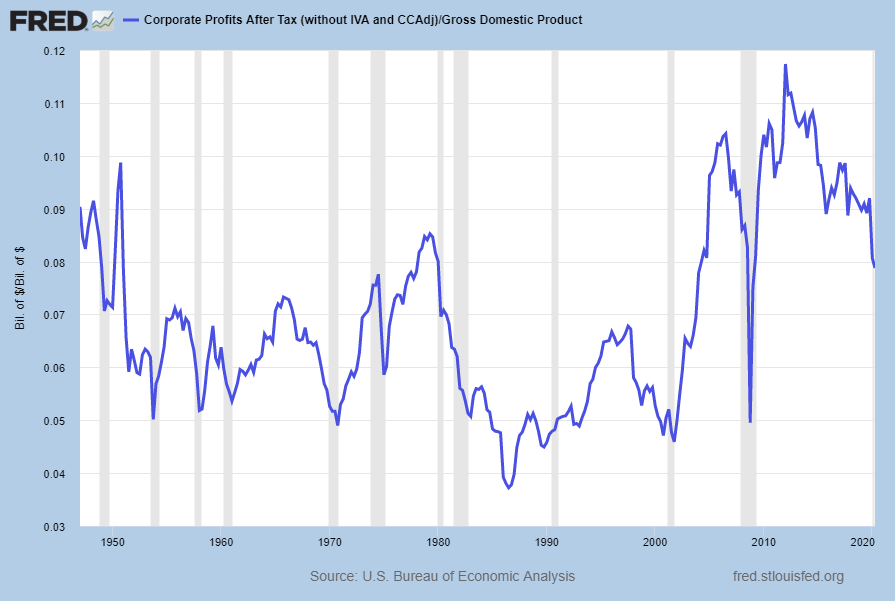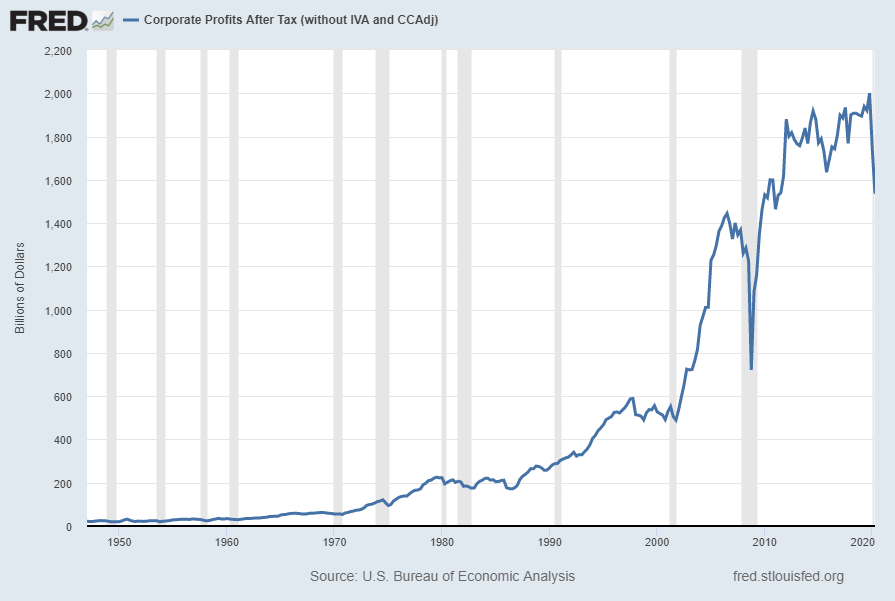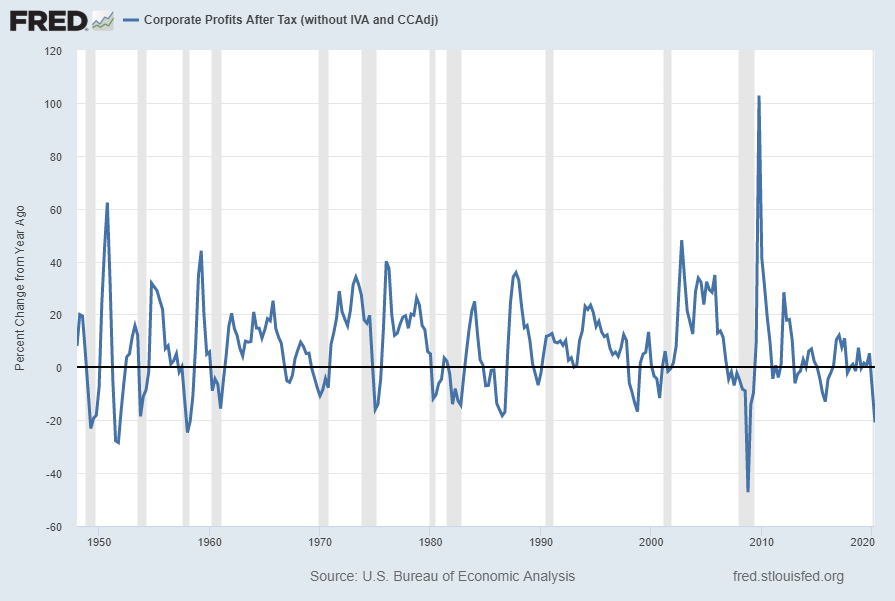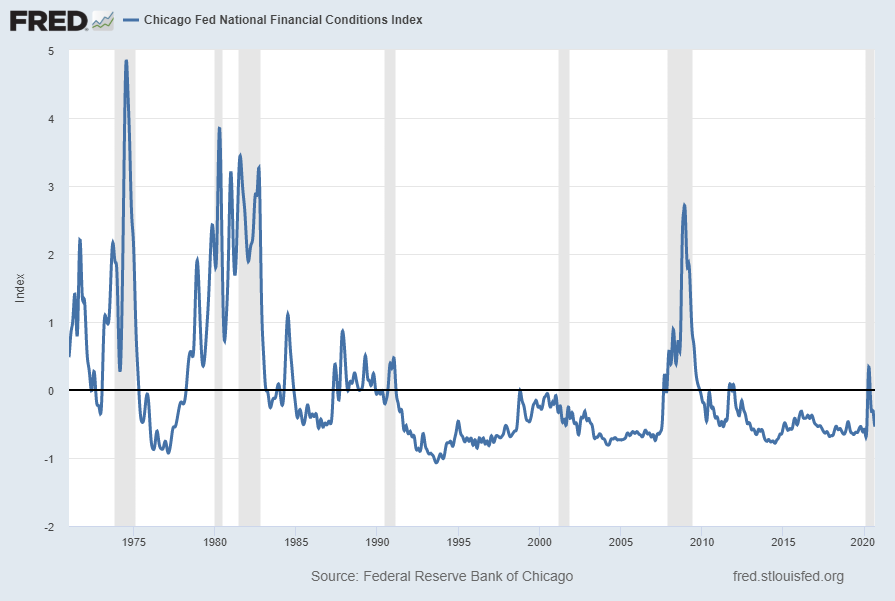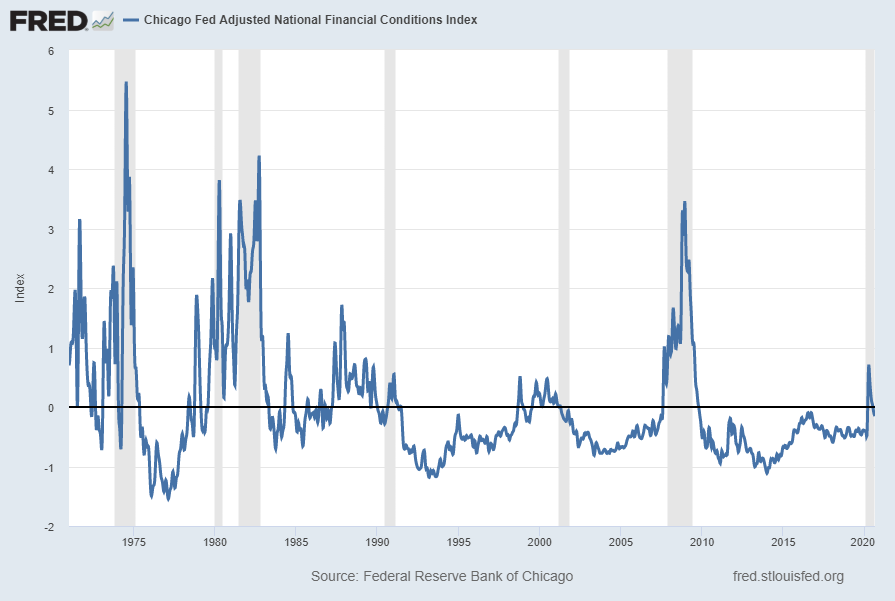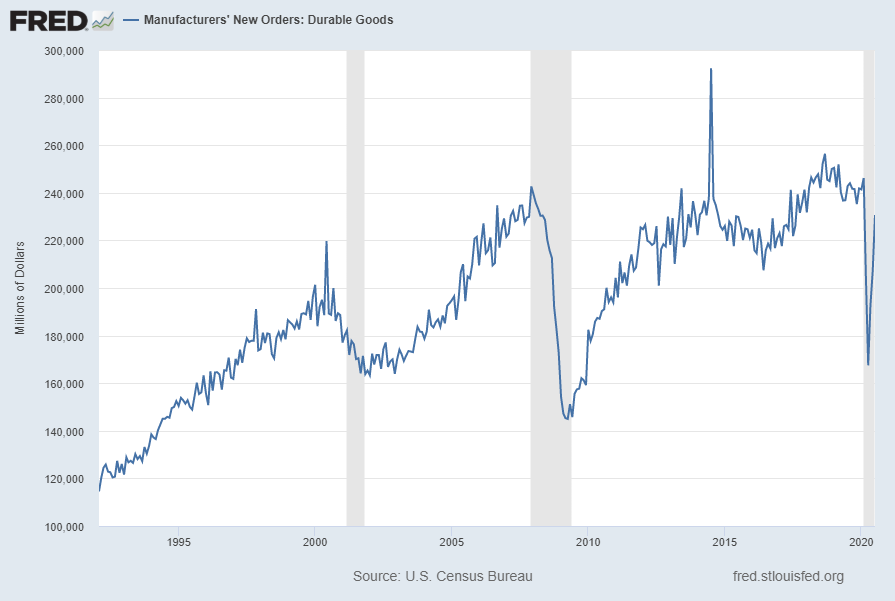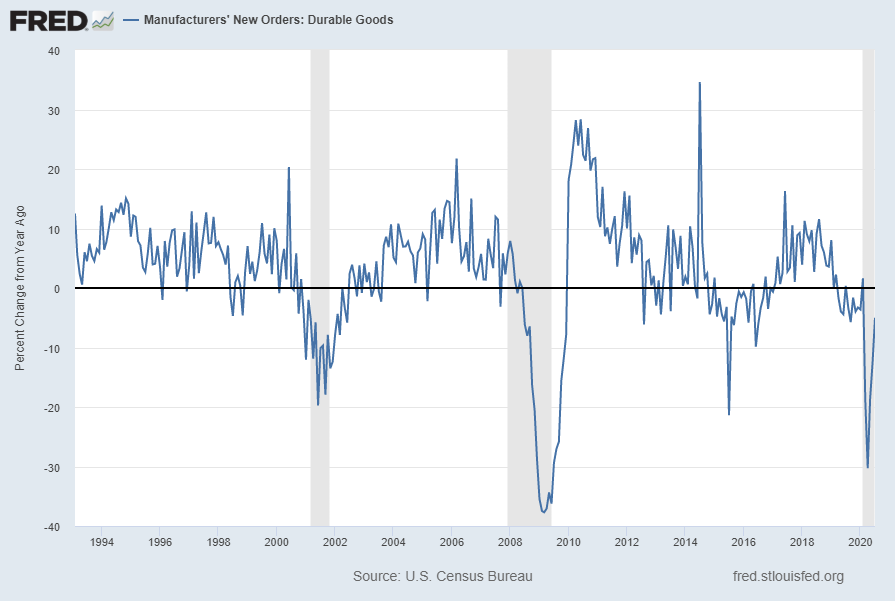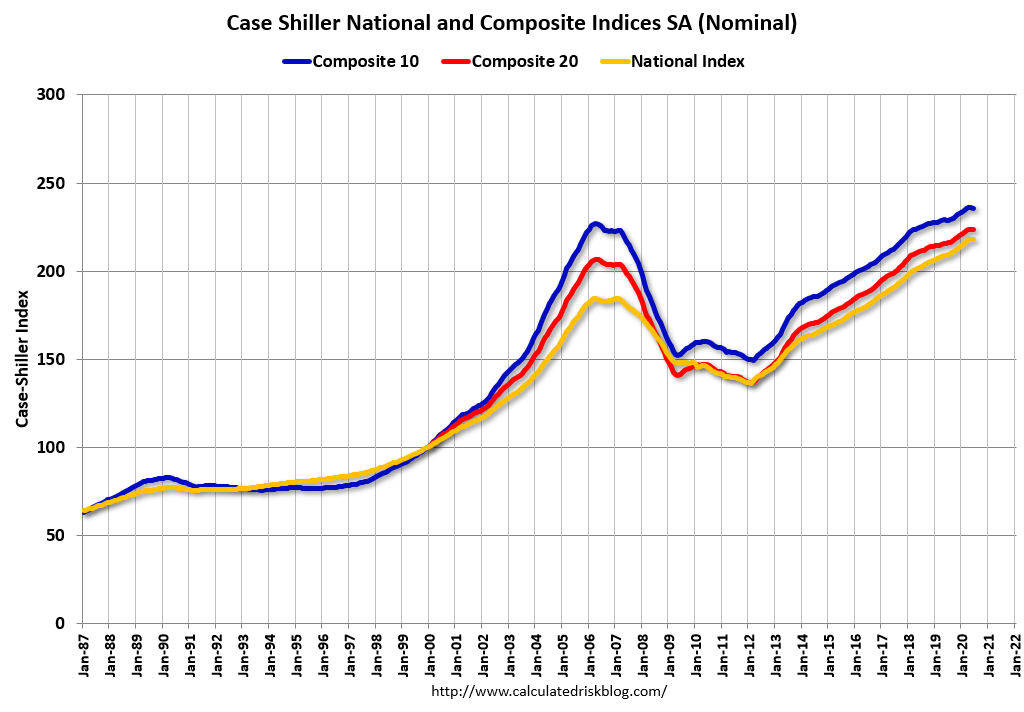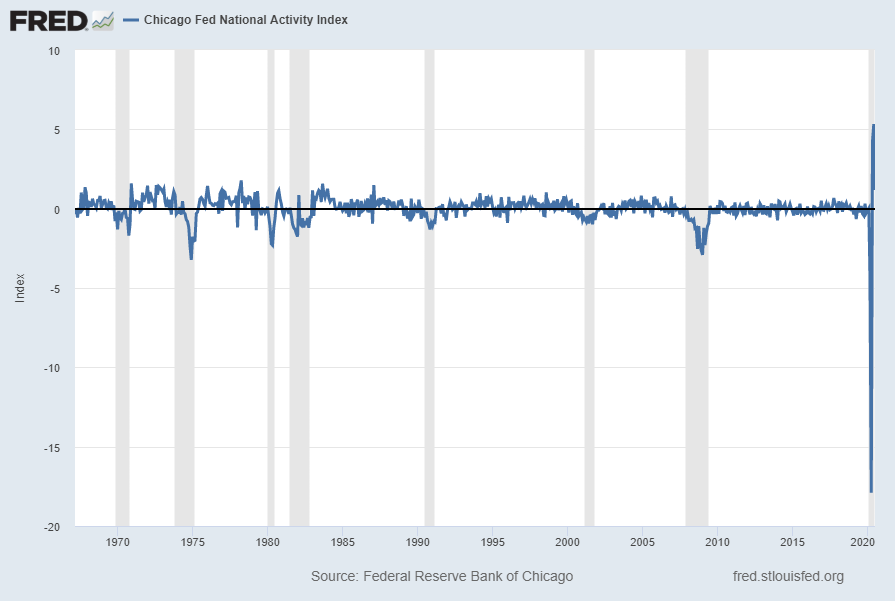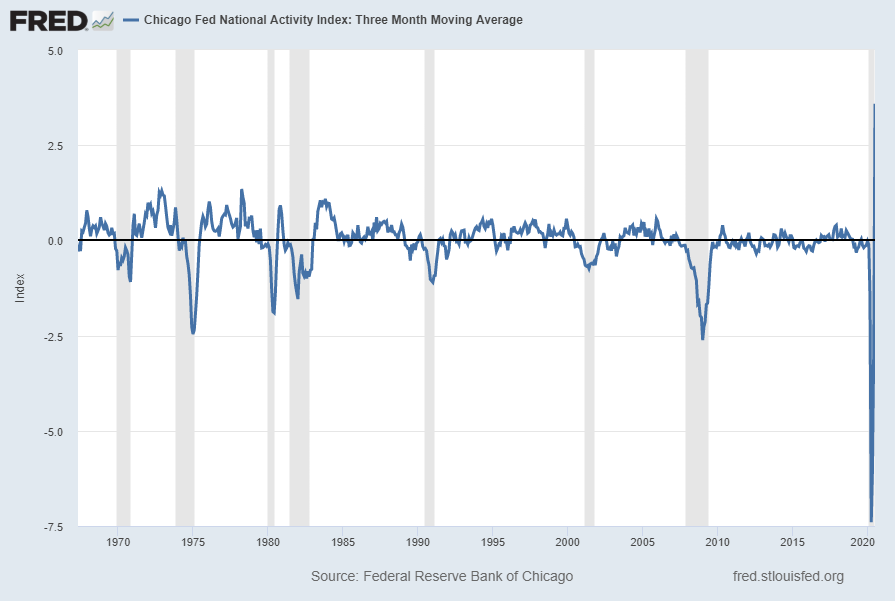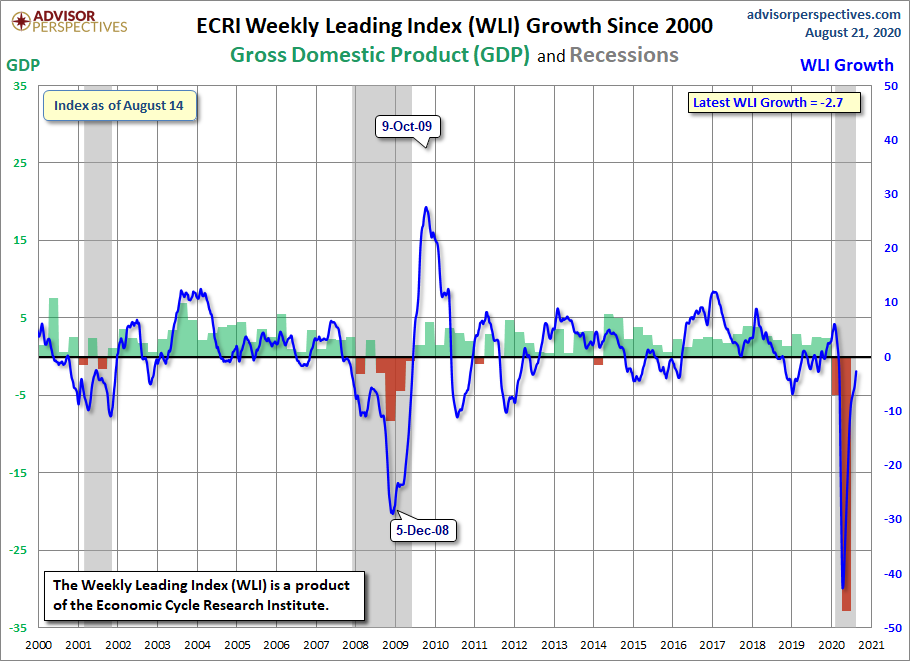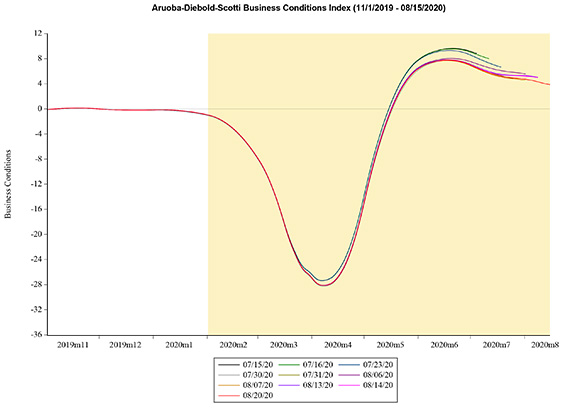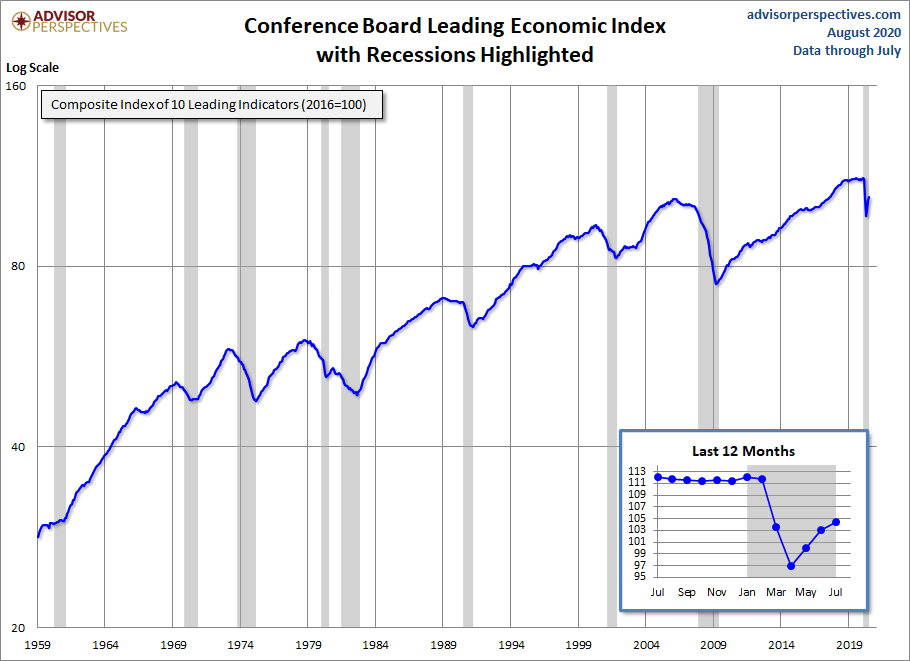Recently Deloitte released their “CFO Signals” “High-Level Summary” report for the 3rd Quarter of 2020.
As seen in page 3 of the report, there were 155 survey respondents. As stated:
“Each quarter (since 2Q10), CFO Signals has tracked the thinking and actions of CFOs representing many of North America’s largest and most influential companies.
All respondents are CFOs from the US, Canada, and Mexico, and the vast majority are from companies with more than $1 billion in annual revenue. For a summary of this quarter’s response demographics, please see the sidebars and charts on this page. For other information about participation and methodology, please contact nacfosurvey@deloitte.com.”
Here are some of the excerpts that I found notable:
from page 5:
Findings at a glance
Perceptions
How do you regard the North American, European, and Chinese economies? Seven percent of CFOs rate the North American economy as good, but 60% rate it is bad; those expecting better conditions in a year slid from 58% to 43%. Europe was flat at 2% and 32%. China came in at 22% and 47%—above North America for the first time. Page 7.
What is your perception of the capital markets? With continuing low interest rates, 87% of CFOs say debt financing is attractive (up from 63%). With equities climbing recently, equity financing attractiveness rose sharply to 39% (25% to 39% for public company CFOs, and 13% to 38% for private company CFOs). Eighty-four percent now say US equity markets are overvalued (up from 55%), the second-highest level in survey history. Page 8.
Sentiment
Compared to three months ago, how do you feel about your company’s financial prospects? The proportion of CFOs saying they are more optimistic rose sharply, with the optimism index vaulting from last quarter’s survey-low -54 to +43—a muted finding since the metric is relative to last quarter when the reading was, by far, the lowest in survey history. Nearly 60% of CFOs expressed rising optimism, well above last quarter’s 11%. Page 9.
Expectations
What is your company’s business focus for the next year? Following last quarter’s first-ever shift toward cost reduction over revenue growth, companies reverted to their revenue focus this quarter; a move toward new offerings may signal pandemic-driven market shifts. Page 10.
How will your key operating metrics change over the next 12 months? YOY growth expectations rebounded sharply (but not fully) from last quarter’s historic lows. Revenue growth rose from -8.6% to 1.0%. Earnings growth rose drastically from -18.7% to 3.7%. Capital spending rose sharply from -12.3% to a still-low 0.2%. Domestic hiring rose from -6.0% to 0.2%, and dividend growth rose from -4.8% to 1.1%. Industry differences were stark. Page 11.
Special topic: Current challenges
At roughly what percent of pre-crisis capacity is your company currently operating? Eighty-four percent of CFOs say they are operating at or above 75% capacity—up from the roughly 75% who said so in April and June. Services, Manufacturing, and Retail/Wholesale continue to indicate the most constrained operating levels. Page 12.
How do you expect your 2020 revenue to compare to pre-pandemic expectations? Less than 40% of CFOs say they expect 95% or more of their budgeted revenue, with the average at 74%. Healthcare/Pharma and Energy/ Resources are the most optimistic; Retail/Wholesale is the least. Page 13.
What is your most worrisome risk for your company? Predictably, CFOs’ most prevalent worries are about new waves of COVID-19, more shutdowns, and unstable customer demand. Rising this quarter, however, were concerns that the pandemic might trigger a longer-term recession. Page 14.
Special topic: Looking ahead
When do you expect your company to return to a near-normal operating level? Forty-two percent say they are already at/above their pre-crisis level or will be by the end of 2020 (up from May and June); still, 25% say 1Q22 or later. Page 15.
What is your company’s most important pandemic-driven strategic change? CFOs cited shifts toward more and longer-term remote work. Also common were a higher focus on costs and productivity, acceleration of business digitization, and more remote/touchless customer interactions. Page 16.
Special topic: Cash and liquidity
How does your current cash level compare to its pre-pandemic level? CFOs report average cash levels 25% higher than pre-pandemic. Services and Retail/ Wholesale were the most likely to report cash levels more than 50% higher. Page 17.
What are you using newly raised/accessed cash to fund? More than half of CFOs say their dominant use is to fund cash reserves in the face of uncertainty. Page 18.
Special topic: CFO career
What has been your most important role during the pandemic? CFOs’ most-cited roles center on managing costs, cash, and liquidity. Also common were roles around planning and analysis (forecasting/modeling, decision support, and strategic planning) and leadership (communicating with employees, investors, and the board). Page 19.
from page 11:
Expectations
Growth in key metrics, year-over-year
Revenue growth rose sharply from last quarter’s survey-low -8.6% to 1.0%—still the second-lowest reading in survey history. The US was higher than both Canada and Mexico. Retail/Wholesale bounced back following a substantial reopening of the US economy, but Services remained low and negative (so did Energy/Resources and Financial Services).
Earnings growth rebounded strongly from last quarter’s survey-low -18.7% to 3.7%. The US was highest, with Canada low and Mexico below zero; Healthcare/Pharma, Technology, and Retail/Wholesale were relatively strong; Services and Financial Services were lowest and negative.
Capital spending growth rose from last quarter’s survey-low -12.3% to a still-low 0.2%. The US was relatively strong, but both Mexico and Canada expect contractions. Retail/Wholesale bounced back, and Healthcare/Pharma remained relatively strong; Energy/Resources, Services, and Technology all remained negative.
Domestic hiring growth bounced back from last quarter’s survey-low -6.0% to a still-low 0.2%. Mexico led, with the US barely above zero and Canada negative. Retail/Wholesale bounced back strongly and led; Energy/Resources and Services were lowest and negative.
Dividend growth rose from last quarter’s surveylow -4.8% to 1.1%—still quite low.
1Please see the appendix for industry-specific charts. Note that industry sample sizes vary markedly and that the means are most volatile for the least-represented. Due to a very small sample size, T/M/E was not used as a comparison point this quarter.
–
Among the various charts and graphics in the report are graphics depicting trends in “Own Company Optimism” on page 9 and “Economic Optimism” found on page 7.
_____
I post various business and economic surveys because I believe they should be carefully monitored. However, as those familiar with this site are aware, I do not necessarily agree with many of the consensus estimates and much of the commentary in these surveys.
_____
The Special Note summarizes my overall thoughts about our economic situation
SPX at 3484.55 as this post is written
